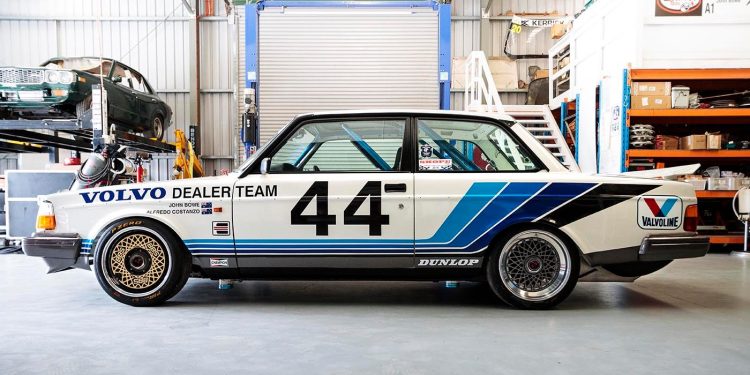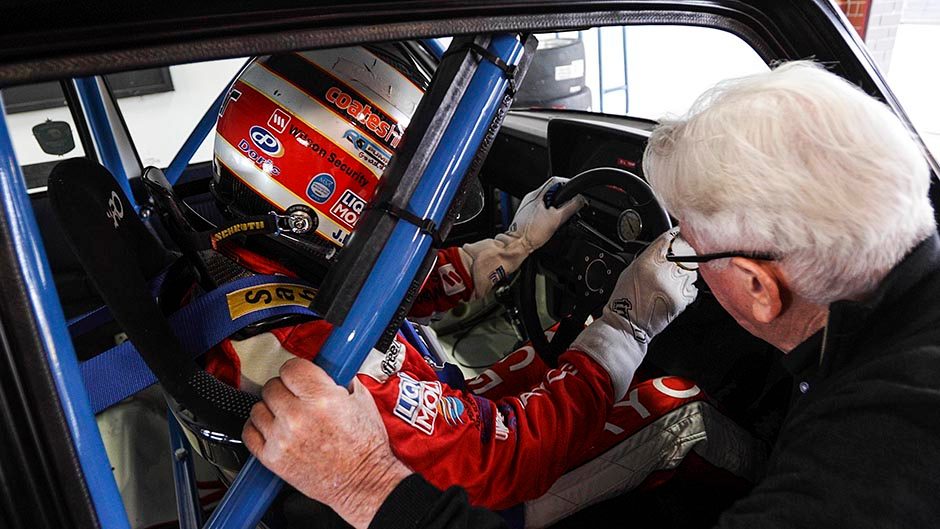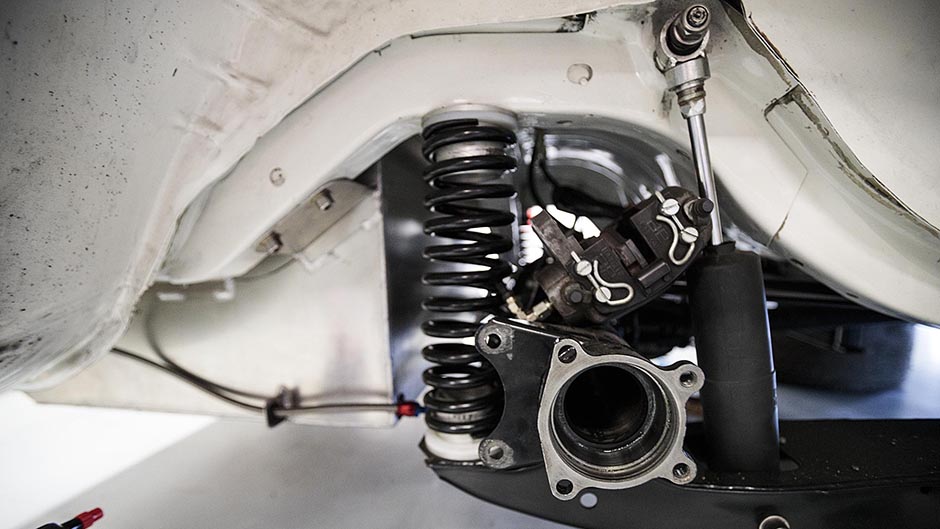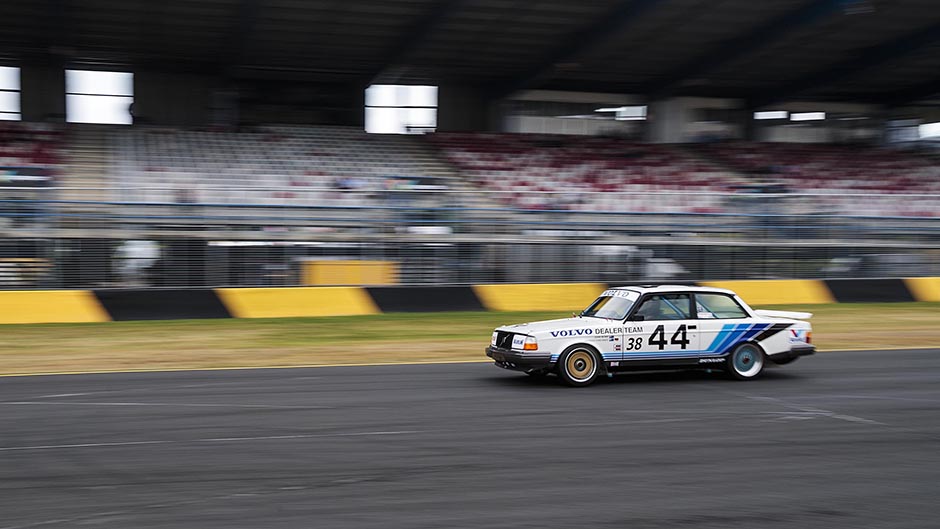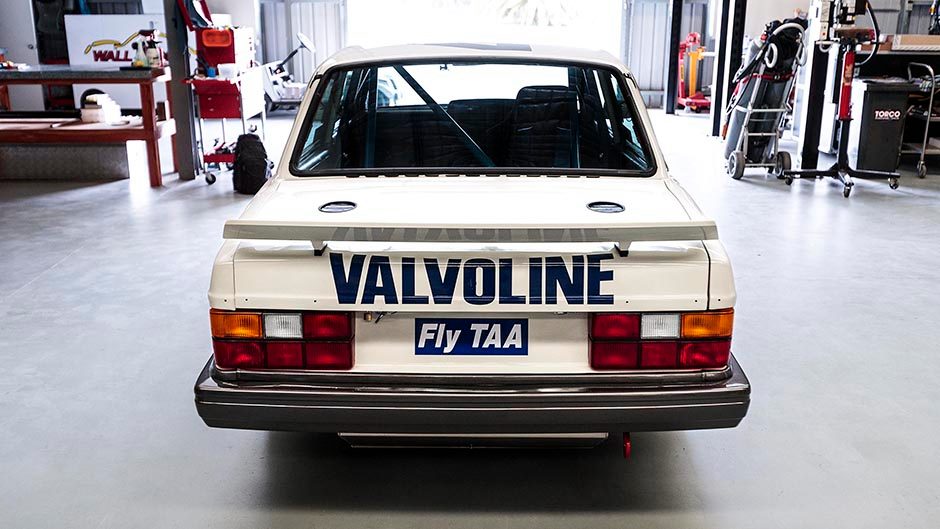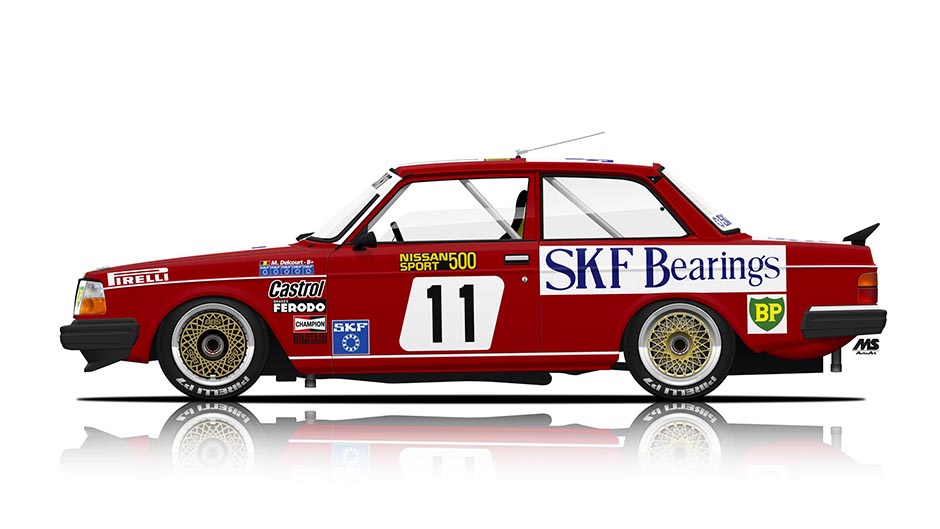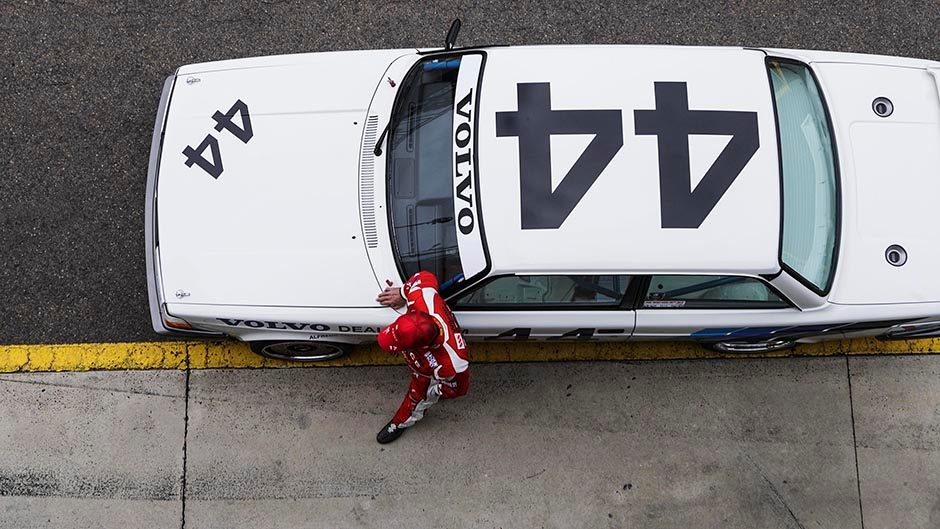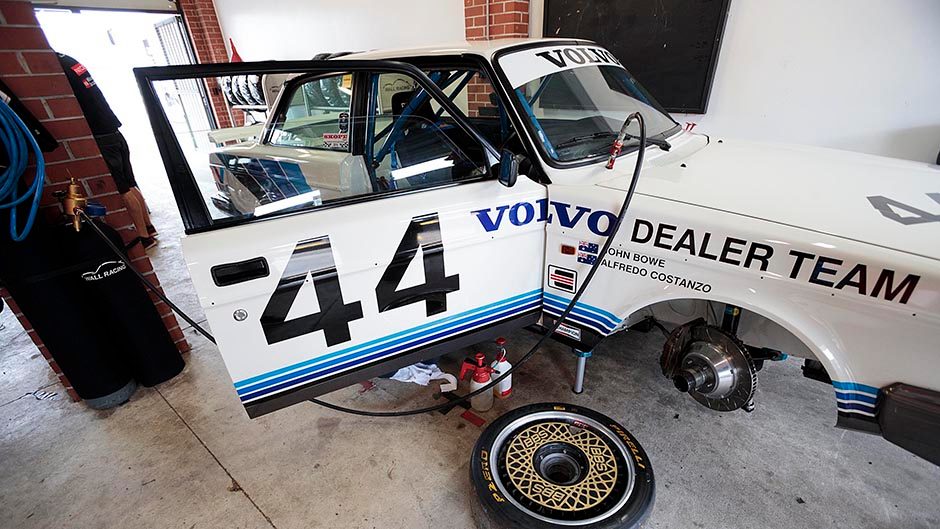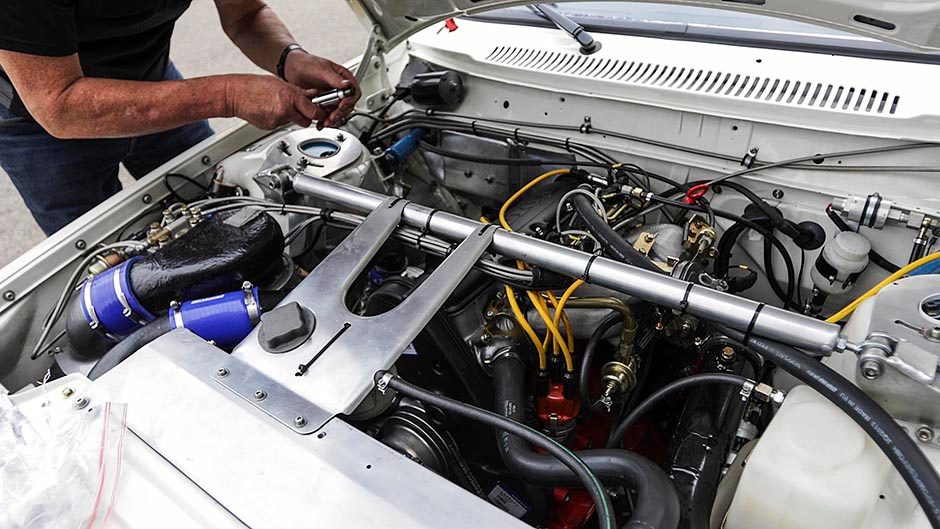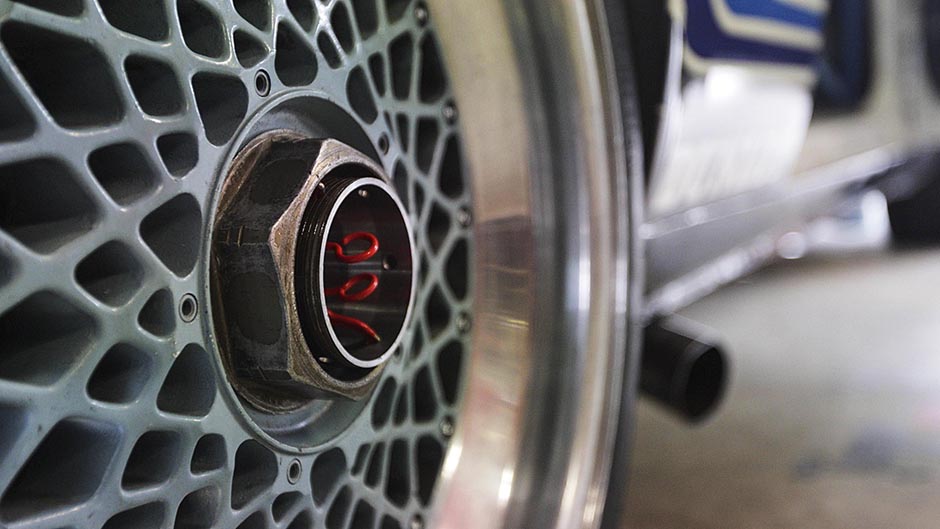The flying brick: Volvo 240t Group A touring car
Words Mark Petch | Photos Dylan Petch
Volvo’s most unlikely “all conquering” group a 240t put Volvo cars well and truly on the map in the mid-80s.
Having somewhat controversially completed the FIA’s required minimum homologation build of 500 “Evolution” versions of the stock 242 Turbo in 1983, Volvo Motor Sport [VMS] was now in a position to homologate the car for entry into both the 1984 European FIA Group A Touring Car Championship and the newly formed German DTM Championship, which was also run under the same FIA Group A regulations.
Under the newly appointed head of VMS, Mr. Bo Wikas, a decision was made to support the Belgian Volvo Dealer team, headed by Guy Trigaux of GTM, to run the first so-called factory supported team to compete in the 1984 European Group A Championship. VMS also agreed to support a single-car team of Per Stureson in the new DTM that same year. Assistance was also given to two ‘private’ Swedish teams that served as a convenient and low cost R&D operation for VMS; Luna-Sportpromotion and TL Racing.
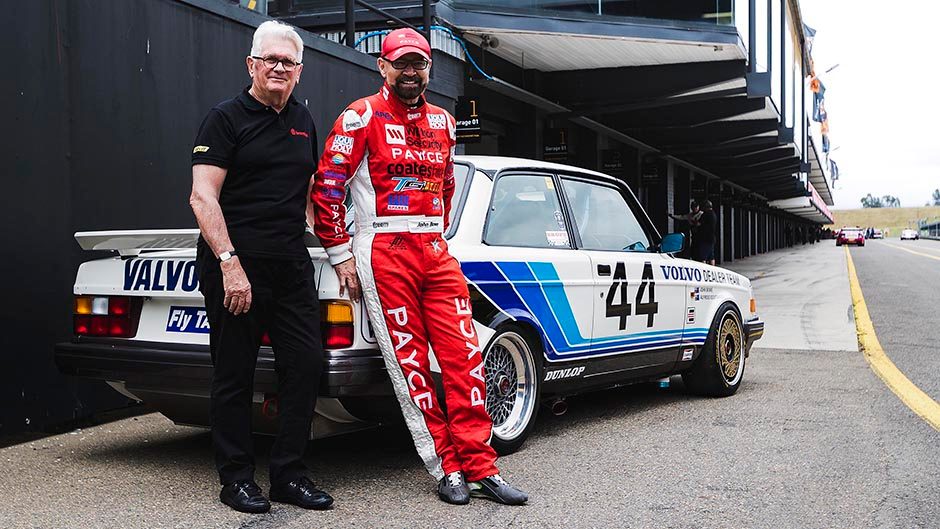
Prior to the 1984 season, VMS had produced new parts for homologation including a new intake manifold and intercooler (manufactured in Germany by Längerer & Reich) plus a much improved fuel injection system from Bosch. This K-Jet Tronic system was originally made for the V8-powered Porsche 928. However, as the four-cylinder engine only required four injectors, the remaining injector feeds were blanked off.
A new cylinder head (model 405) was developed by the Swedish company Grottis Head Service, and was put into mass production in order to optimise Volvo’s own patented water injection system. As a direct result of all these changes, the diminutive 2.2-litre B21 engine’s horsepower increased substantially from 300bhp in 1983 to some 340bhp (254kW) by 1984.
A new, lighter VMS-supplied roll cage was also introduced in 1984. This German-made Rubi cage was essentially a bolted-together aluminium tube roll cage consisting of some 20 tubular bars and associated steel fasteners which weighed less than 30kg. Thinner glass also reduced the car’s wet weight to approximately 1150kg in endurance racing trim.
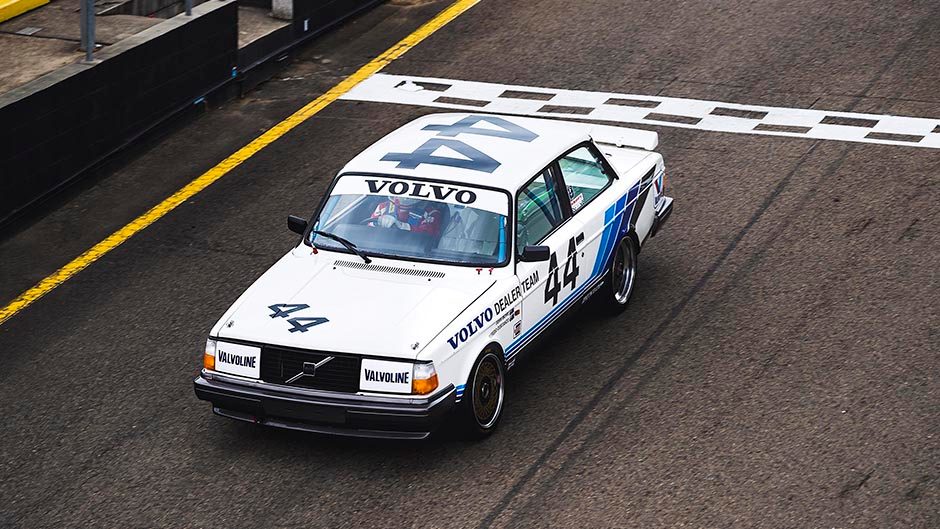
The addition of a boot-mounted spoiler, first introduced in 1983, also helped stabilise the car in high-speed corners and under braking, which produced a real gain in lap times in 1984. So too did much larger AP Girling four-pot brake calipers and rotors, and a close-ratio five-speed Getrag M51 gearbox with its direct-drive fifth gear.
Despite the best efforts of the impressive two car ‘Red Brick’ Belgium Volvo Dealer Team, Volvo’s first European Group A Touring Car win came at the hands of the Swedish privateer team of Luna-Sportpromotion and drivers Ulf Granberg and Robert L. Kvist. At Zolder in September of 1984, the Volvo finally beat the previously unbeatable XJS Jaguars of Tom Walkinshaw’s TWR team. Volvo’s first German Touring Car win would also come at the hands of the Swedish privateer team of IPS Motorsport driven by Per Stureson in May 1984.
The next major Group A victory for Volvo came at the hands of another privateer team with Kiwi racing car legend Robbie Francevic and Belgium driver Michelle Delcourt at the inaugural International Wellington Street Race. The pair piloted the ex-GTM car I imported from Belgium at the very last minute. The car was flown to Wellington after arriving in Auckland by air from Frankfurt via New York and Honolulu. It very nearly never made the race, having to start at the back off the field because the car arrived at the waterfront circuit after qualifying had finished.
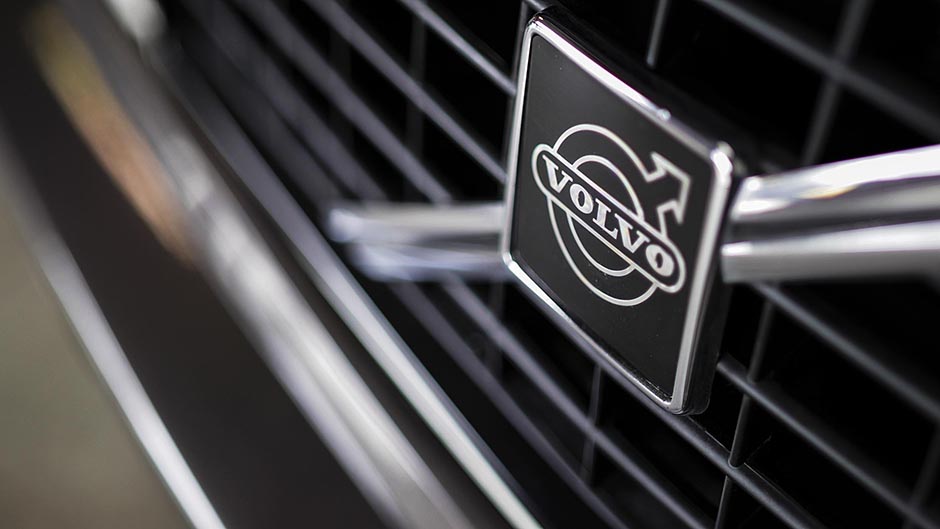
Based on the success of the car at Wellington, I agreed to take it and Francevic to Australia to contest the Australian Touring Car Championship. History records that Robbie Francevic and the Mark Petch Motorsport Team [MPM] enjoyed immediate success, trouncing the likes of Peter Brock and Dick Johnson in Tasmania at Symmons Plains Raceway. While the overall 1985 championship eluded us, we did win the under 3.0-litre ATCC. In 1986, Robbie went on to win the championship outright with the Australian Volvo Dealer Team, which was formed by myself and Bob Aitkens, the then president of the Australian Volvo Dealers Association.
The history of the subject car, #44, is unique in that the body shell was not purchased directly from the factory, as by 1985 the base model from which the original Group A body shells were sourced was out of production. I made the decision to use the identical body shell from a second-hand 1980 242 GT, a car that Aitkens had traded from a customer at the right price. We stripped the car to a bare shell in readyness to rebuild it into a second MPM racer for the looming 1986 season. However, we simply ran out of time to make that all happen and the extra body, car and spares were all sold to the AVDT.
Shortly after the AVDT was formed, we made a decision to import a second ex-factory car for John Bowe to drive after witnessing the Monza test of the RAS experimental right-hand drive car (ex-Eggenberger) which had been updated with all the lightweight components and was both lighter and more powerful than my own 1985-spec car.
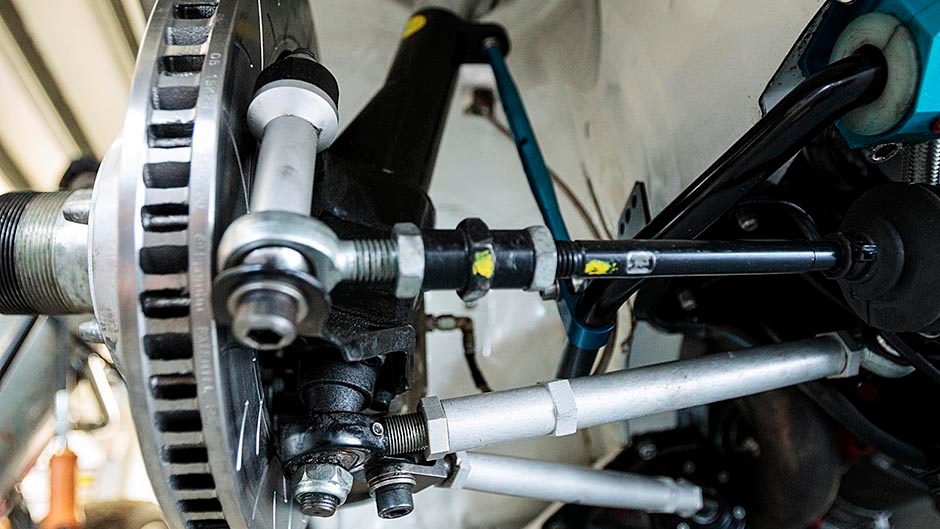
The car was hastily flown to Australia in time for the fourth round of the ATCC held at the Adelaide motorsport circuit, and proved immediately fast in John Bowe’s hands. It soon became apparent that in order to win the 1986 ATTC against the emerging threat of George Fury in his much improved Nissan Skyline Turbo, we would have to replace JB with Robbie in the team’s new right-hand drive car in order for him to hold onto his points lead.
After witnessing the performance of the RHD car we made the decision to build a brand new version of that car utilising the spare body shell. Work commenced on the build of the car in mid-July with the bare shell fitted out with all the very latest VMS parts, so that it would be ready in time for the Sandown 500 on the 14th of September. Two VMS engineers, Frank Millqvist and Björn Scheuer, were sent to Australia to assist the AVDT and they spent four weeks at the team’s Calder workshops assisting in the building and testing of the new car with its official VMS designation #8601.
History records that the same car, bearing the large NASCAR-style racing number 44, arrived at the circuit too late to qualify for the Sandown 500 and was thus forced to start from the rear of the grid. Despite teething issues, its potential was immediately obvious and JB was able to carve his way through the field before a rear suspension bolt failure sidelined it.
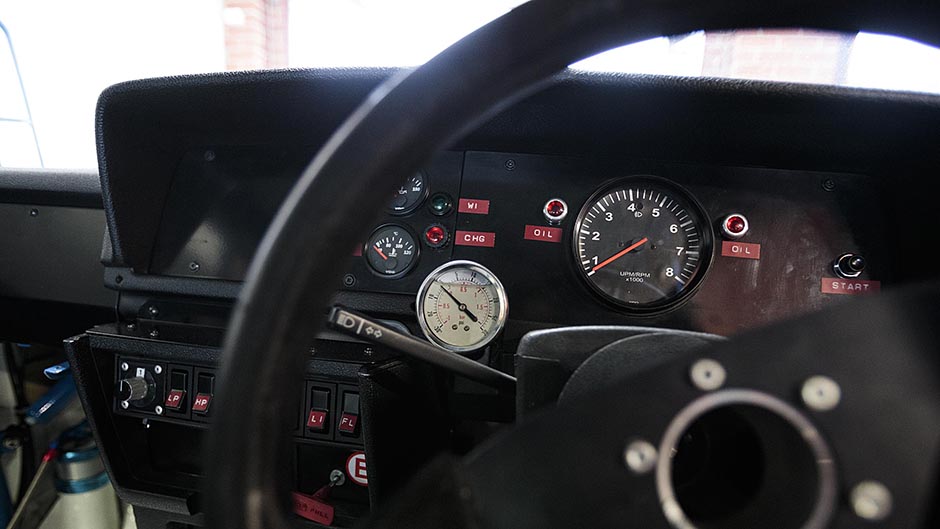
Bathurst was always the AVDT’s primary objective and the rear suspension was modified with the addition of some newly homologated lightweight rear arms. However, these were to prove the car’s nemesis as they failed whilst Bowe was running in second place. The race proved to be a disaster for the AVDT cars and shortly thereafter all three cars were returned to Sweden. By then, Volvo had pulled the plug on its whole Group A factory-supported cars, and they were sold or leased to privateer teams. The near-new AVDT car #44 was leased by Soderqvist Racing Services for Peggen Andersson to drive in the 1987 Swedish Championship, and would prove virtually unbeatable, winning the championship with a round to spare.
The same car also ran in the Japanese Group A series for several races in 1987, and competed at Spa in 1988 with three Belgian drivers. However, by then it was outclassed by the Ford Sierras. In 1989 it was converted back to left-hand drive and sold to an amateur racer in Denmark, who later, amongst other ill-conceived modifications, redirected the exhaust pipe through the cabin, encased in an aluminium trunk, to exit the car above the sill immediately behind the passenger door! The car was subsequently sold to another Dane in 1991 who took it to Spain for reasons best known to himself. The car was found in storage, some 17 years later, by Norwegian Volvo enthusiast Thor Rustad, who subsequently purchased it and commenced a five-year exacting restoration of the car to its present pristine condition. Along the way Rustad had help confirming the car’s identity from Sweden’s own Volvo 240 Group A enthusiast, Björn Ohlson. Ohlson, who had tracked down an old log-book of the car which contained the chassis number, confirmed it was the ex AVDT car.
I was lucky enough to see the car in August 2015 at its first public showing. At the annual Volvo Rendezvous & Owner Meeting (VROM) I subsequently learnt that it was to be sold as part of a divorce settlement and I made the decision to buy it so that I could race the car again in Historic Touring car events here in New Zealand. I ran it for the very first time since its restoration at the Skope event in Christchurch in February this year. And more recently in last month’s annual Sydney Muscle Car Masters event with John Bowe who was overjoyed to be re-united with the car built especially for him 30 years ago, almost to the exact month!
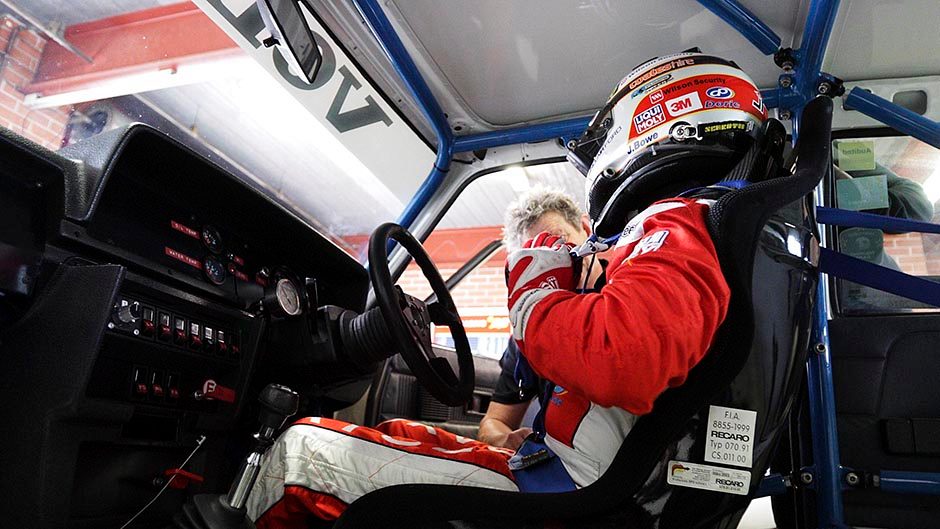
The car, known as #44 in Australia, proved very competitive in JB’s hands and qualified fifth in its first Australian Group A class outing despite an engine miss. Unfortunately an errant turbo hose plagued the weekend’s racing and denied JB a near-certain third place in race three on the Sunday morning ahead of a BMW M3 and an ex-Tony Longhurst Sierra Cosworth. The old adage holds true that to win first you have to finish, and new piping from the compressor housing to the intercooler is already on the drawing board for the #44’s next outing.
The Swedish Volvo engineer Göran Sällström, should rightfully be credited with being the driving force behind the development of the Volvo 240T Group A car and without Sällström’s input, VMS would not have enjoyed the success that it had around the world in 1985 and 1986. Göran is currently assisting fellow Swedish Volvo Group A historian Björn Ohlson with a soon-to-be-released book on the glory year of Volvo’s Group A Touring Cars.


